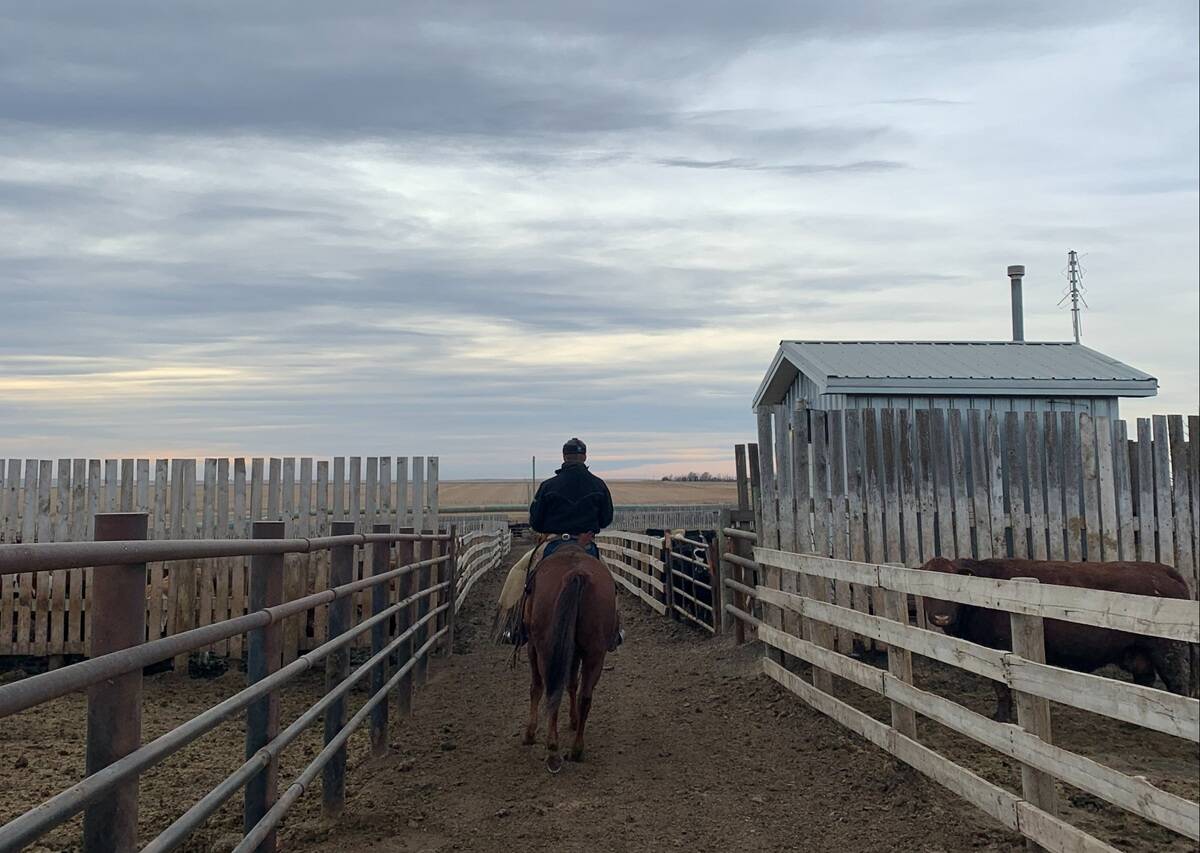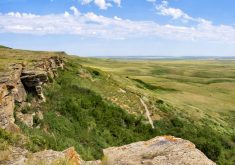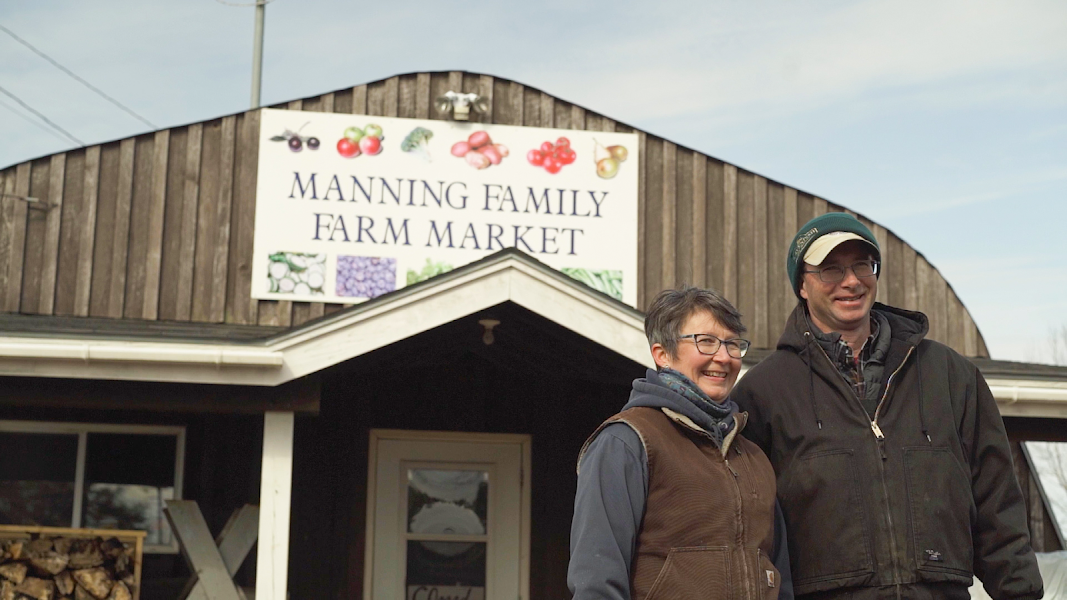Ralph Thrall III says that if you’re going a reasonable speed, it takes an hour and a half to go from kitty-corner to kitty-corner of the McIntyre Ranch.
“That’s if you don’t stop for pictures,” he says with a laugh at the Nature Conservancy of Canada (NCC) McIntyre Ranch announcement one June 15.
The McIntyre Ranch is located south of Lethbridge and is a quarter the size of Calgary. It’s home to 150 species of plants and animals and contains 3,600 wetland basins.
Read Also

Pen riders still better than tech at detecting respiratory disease in feedlot cattle, says researcher
Recent research found that pen riders are better than tech at flagging signs of BRD in feedlot cattle
Now, after over 30 years of discussions, NCC, Ducks Unlimited, and the Thrall family, who operate McIntyre Ranch, have announced a conservation project for the ranch. It is one of the largest conservation projects in Canada.
“The conservation agreement that we are unveiling today will protect more than 22,000 hectares of one of Canada’s most at-risk ecosystems,” says Michael Nadler, DUC’s chief executive officer.
Catherine Grenier, the chief executive officer (CEO) of NCC, says that a conservation project of this size is especially important because of how quickly grasslands and wetlands are disappearing.
“Across the prairie, we are losing 60,000 hectares, or for some of you that think in sections, more than 230 sections, every year,” she says.
“Up to 70 per cent of wetlands have already been lost in southern areas of Canada. So conserving the McIntyre ranch pushes back against this loss.”
At 130 years old, the McIntyre ranch was originally owned by the McIntyre’s before it was sold to the Thrall family. Now, three generations later, Ralph Thrall III is the CEO and COO of the ranch, which he owns and operates in collaboration with his three siblings.
He says that even from the time his grandfather operated the ranch, a priority was preservation.
“One thing our mom taught us is it could all be gone tomorrow,” Thrall says. “This helped us to be grateful for what we have. I think of this because…grasslands are disappearing at an alarming rate. This is happening largely because it is so easy to convert grasslands to farmland.”
With the discussions taking around 30 years to set up the conservation project, Thrall says the easement put in place on the McIntyre Ranch is unique for the land.
“I think the exercise for me was recognizing what NCC was trying to simplify for the years that they had these easements, it’s to simplify them and make them more efficient and effective. That’s where the journey started and I think we’ve really spent a lot of time coming up with a win-win document for all parties involved.”
One important aspect of this easement is it allows the ranch to continue to operate the same way it has historically.
“Grazing the grasslands conserves our environment and maintains species diversity, just as it did when millions of bison once roamed the plains,” Thrall says.
At the end of the announcement, Tom Lynch-Staunton, NCC’s regional vice-president of Alberta, said $3 million still needs to be raised for the project. Though they aren’t disclosing how much the project will cost, he says it’s reflective of the size of the project.

















